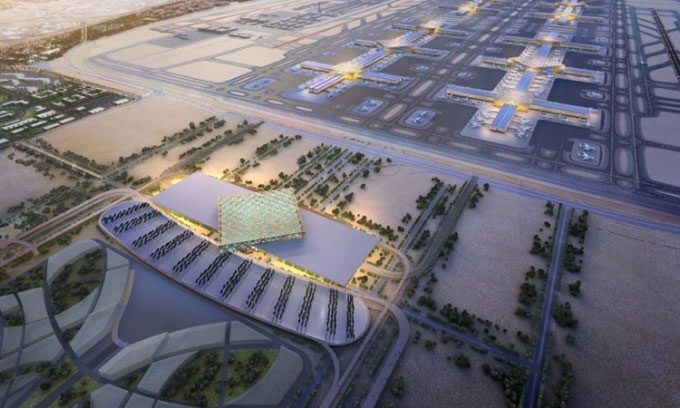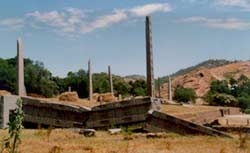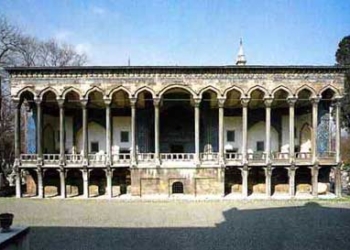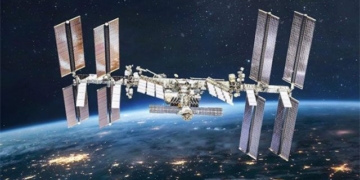The construction of Al Maktoum International Airport, designed to accommodate 160 million passengers, will span several decades in the desert near Dubai.

Dubai first announced plans to expand Al Maktoum into the largest airport in the world a decade ago. (Photo: Dubai Airports)
More than 10 years ago, Al Maktoum International Airport, also known as Dubai World Central (DWC), located about 32km southwest of central Dubai, was designed to become the largest and busiest airport in the world in the near future. Dubai Airports, the authority overseeing Dubai International Airport (DXB) and the new facility promised when DWC is completed, aims to handle over 160 million passengers annually along with 12 million tons of cargo. This number exceeds the current busiest airport in the world, Hartsfield-Jackson Atlanta International Airport (in 2022) by nearly 63 million passengers and is almost 100 million passengers more than Dubai International Airport, according to CNN.
However, a decade after the first passenger flight and a full 13 years since it first opened for cargo operations, Dubai’s newest airport is still under development. DWC has become a hub for maintenance, repair, and overhaul (MRO) operations for aircraft. The airport also hosts several cargo airlines like Emirates Cargo, accommodating private jets and some charter flights. Nevertheless, scheduled passenger services remain quite limited, with a few low-cost carriers primarily operating in Eastern Europe, Russia, and Central Asia.
At the recent Dubai Airshow held at DWC, Paul Griffiths, CEO of Dubai Airports, revealed that they prioritize the expansion and investment in DXB to meet customer demand, aiming to increase annual passenger numbers at this airport from 100 million to 120 million. Expanding DXB will not only address near-term growth but also provide authorities additional time to determine the expansion strategy for DWC in Phase 2.
Griffiths shared at the exhibition that the design for the new super airport is already outdated, featuring a 3D miniature model with six parallel runways and three massive terminals. However, Griffiths revealed a modular approach to gradually expand DWC on a timeline that could extend into the 2050s. “We are not planning for a terminal-based airport. We are going to completely change the business model for airports, making them more customer-friendly and eliminating all the processes that customers have had to endure for too long,” Griffiths stated.
Accordingly, DWC will become the center of a much larger plan named Dubai South, aimed at creating an entirely new city sprawling over 145km2 of desert south of Dubai. This new urban area is gradually taking shape, expected to include eight neighborhoods categorized by industry or specific activities, combining residential and commercial zones. With the airport at its center, the project will form a super aviation metropolis. In the future, Emirates and its partner flyDubai will shift operations from DXB to DWC.





















































